Types of Sanitary Valves
Sanitary gate valve
1. The gate valve is a widely used valve. Its closing principle is that the gate sealing surface and the seat sealing surface are highly smooth and flat, and they are close to each other, which can prevent the medium from flowing through, and rely on the top die, spring or gate mold to enhance the sealing effect. It mainly plays a cutting role in the pipeline.
2. Its advantages are: small fluid resistance, energy-saving opening and closing, can be used in the case of the bidirectional flow of media, without directionality, the full-open sealing surface is not easy to erode, short structure length, not only suitable for small valves, but also suitable for large valves.
3. Gate valves are divided into two types according to stem threads: open-rod type and dark-rod type. According to the gate structure, it can be divided into two categories: one is parallel; the other is mode.
1. The shut-off valve is the most widely used valve. Its popularity is due to the small friction between the sealing surfaces during the opening and closing process, its durability, small opening height, easy manufacture and maintenance, which is not only suitable for medium and low pressure, but also for high pressure.
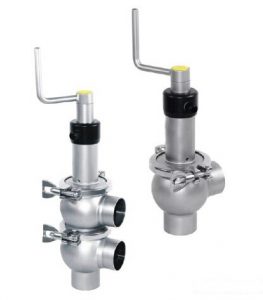
2. Its closing principle is that depending on the pressure of the valve rod, the sealing surface of the valve disc and the sealing surface of the valve seat are closely adhered to prevent the flow of the medium.
3. Cut-off valves are only allowed to flow in one direction and have directionality when installed. The structure length of the valve is longer than that of the gate valve. At the same time, the fluid resistance is large, and the sealing reliability is not strong when the valve runs for a long time.
4. Globe valves are classified into three types: straight-through, right-angle and direct-current inclined globe valves.
1. The butterfly valve is also called the butterfly valve. As its name implies, its key components are like butterflies swirling freely against the wind.
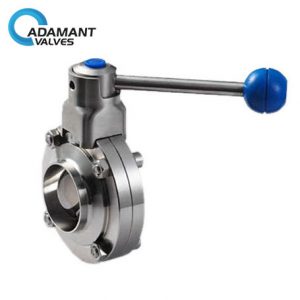
2. The disc of the butterfly valve is a disc. It rotates around an axis in the seat. The angle of rotation is the opening and closing degree of the valve.
3. The butterfly valve has the characteristics of lightweight, saving material than other valves, simple structure, quick opening, and closing, cutting and throttling can be used, fluid resistance is small, and operation is labor-saving. Butterfly valves can be made into large caliber. Where butterfly valves can be used, it is better not to make gate valves, because butterfly valves are more economical than gate valves and have good regulation. At present, butterfly valves are widely used in hot water pipelines.
1. The working principle of the ball valve is to make the valve unblocked or blocked by the love of the rotary valve. Ball valve switch is light, small, can be made into a large caliber, reliable seal, simple structure, easy maintenance, sealing surface and sphere are often in the closed state, not easy to be eroded by media, widely used in various industries.
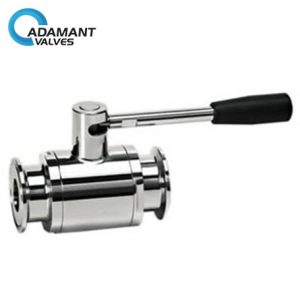
2. Ball valves are divided into two types: floating ball type and fixed ball type.
Sanitary cock valve
1. The cock valve relies on the cock body to rotate around the center line of the valve body to achieve the purpose of opening and closing. Its function is to cut off, distribute fields and change the flow direction of the medium. It is simple in structure, small in size, only needs to rotate 90 degrees during operation, and has little fluid resistance. Its disadvantage is that the switch is laborious, the sealing surface is easy to wear, and it is easy to jam at a high temperature, so it is not suitable for regulating the flow rate.
2. Cock valve, also known as cock, cock, turning door. It has many kinds, including through, three-way and four-way.
The check valve is a valve that automatically opens and closes by the force of the fluid itself. Its function is to prevent the medium from flowing back. It has many names, such as a check valve, one-way valve, one-way door, etc. According to the structure, it can be divided into two categories.
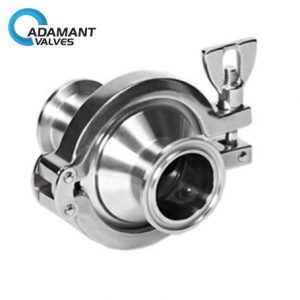
1. Lift type: The disc moves along the vertical center line of the valve body. There are two kinds of check valves: one is horizontal, installed in the horizontal pipeline, the shape of the valve body is similar to globe valve, the other is vertical, installed in the vertical pipeline.
2. Swing type: The disc revolves around the pin axis outside the seat. This kind of valve can be divided into single, double and multiple discs, but the principle is the same.
3. The suction bottom valve of the pump suction pipe is the deformation of the check valve. Its structure is the same as that of the above two types of check valves, except that its lower end is open so that water can enter.
Sanitary pressure relief valve
1. The pressure relief valve is an automatic valve that reduces the medium pressure to a certain value. Generally, the pressure behind the valve is less than 50% of the pressure before the valve. There are many kinds of pressure relief valve, mainly piston type and spring film type.
2. Piston-type pressure relief valve is a valve that reduces pressure by the action of the piston; spring-film pressure relief valve relies on spring and film to balance pressure.
Drainage valve
Drainage valve is also called steam-blocking, steam-water valve, trap, backwater box, backwater gate, etc. Its function is to automatically drain the condensate water which is constantly generated, without letting the steam come out. There are many kinds of traps, such as a buoy, float, bell float, pulse, thermal power, and thermal expansion. Common types are buoy type, bell-shaped float type, and thermal power type.
For more information, please visit http://www.adamantvalves.com/
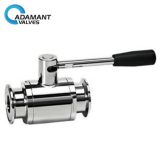


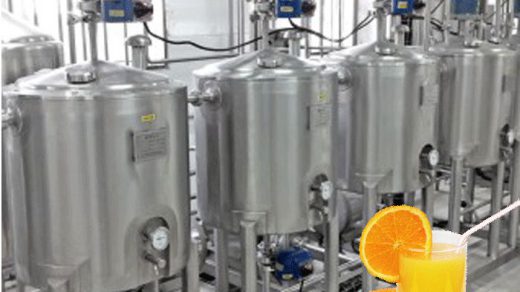
Recent Comments